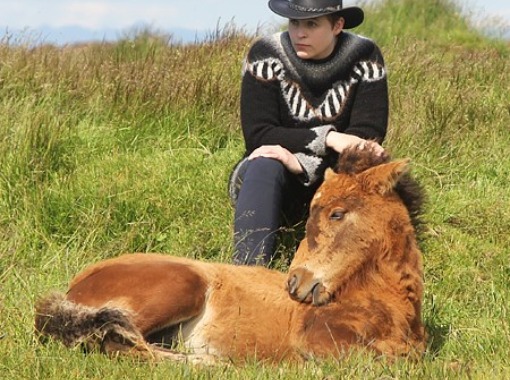BMC Seminar - How did the horse lose its stripes?

Læknagarður
room 343
BMC Seminar Thursday, October 18th at 12:00 in room 343 Læknagarður
Speaker: Dr. Freyja Imsland, post doctoral research fellow at Eiríkur Steingrímsson´s lab, Faculty of Medicien
Title: How did the horse lose its stripes?
The ancestral colour of equids is Dun, a camouflage colour pattern characterised by stripes and gradients of variably intense pigmentation. The only wild horses left in the world that are not descended from modern domestic horses, Przewalski's horses (also Mongolian wild horse or Takhi), are exclusively Dun in colour like ancestral equids were. Most modern horses are in contrast non-dun in colour, with Dun horses being a relative rarity, many breeds being solely non-dun, or having only very few Dun individuals. The Icelandic horse, however, has plenty of both Dun and non-dun individuals.
Mapping the Dun locus led to the discovery of an allelic series explaining the phenotypic diversity seen in non-duns, and some unexpected insights regarding predomestic horses. It revealed that the transcription factor TBX3 has a role in equid pigmentation, in spite of not previously being linked to the pigmentary system. TBX3 expression lays the foundation for finely tuned radially asymmetric pigmentation of individual hairs, marking another new discovery, as only symmetrically even hair pigmentation was previously known.
Photo: Dr. Freyja Imsland with a non-dun foal (Photo: Páll Imsland)
Dr. Freyja Imsland with a non-dun foal (Photo: Páll Imsland)



